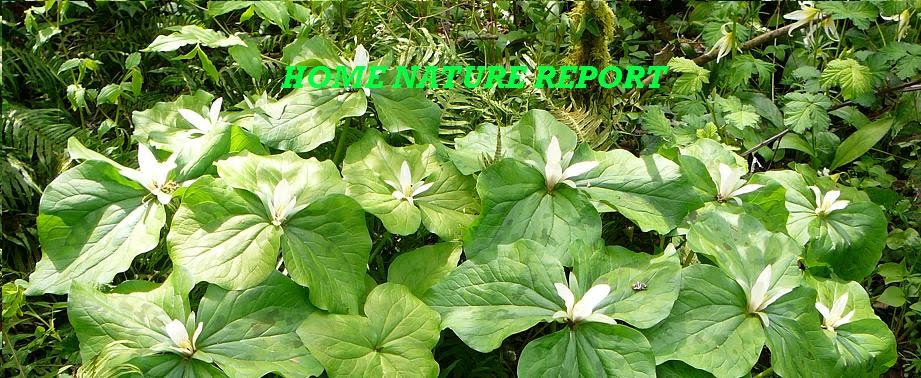Friday, February 25, 2011
Where the wild things are: Culinary delights in insects and plants
By G: 2-25-2011
Our ancesters here on planet Earth, it is said, existed as hunter gatherers and foragers, enjoying such enjoying such delacies as fruit, nuts, eggs, shellfish, and whatever protein they could glean. It wasn't until around 10,000 years ago that grain was cultivated which produced an agricultural society, which spread to most parts of the old planet.
Some of the ancient sources of food would have been crayfish, crabs, and other crustecians, not to mention lobster, It's an expensive delicacy today that is being over harvested, and will eventually follow the abolone, which is almost exclusively grown artificially in sea farms.
That being said, I guess that the lowly insect can be mentioned as a probable source of food in ancient times and as an important source of protein in our near future. So along with learning about our native edible plants, it will probably be a good idea to learn the identification and preparation of our native insect species.
This from http://www.sustainablefootprint.org/:
"As early as 1885, the British entomologist Vincent M. Holt wrote a booklet with the title: "Why not eat insects?" It is a good question, as most of the world population does. More than 1000 insect species are eaten in the tropics, including caterpillars, grasshoppers, beetles, termites, ants, bees, wasps, and true bugs. This is probably because insects in warmer climates are bigger and show more crowding behaviour than in temperate zones, making harvesting from nature easier. It is an erroneous Western assumption that people in the tropics eat insects because they are starving. To the contrary, an insect snack is often considered a delicacy."
It's not like we aren't already eating insects in our prepared foods, especially when they are canned or frozen. The FDA allows more in our food than we think.
According to the NY Times tomato paste and pizza sauces are allowed a densety of 30 or more fly eggs per 100 grams or 15 or more fly eggs and one or more maggots per 100 grams.
In case you’re curious: you’re probably ingesting one to two pounds of flies, maggots and mites each year without knowing it. So, even if your just a beer drinker, you might consider that just 10 grams of hops could have as many as 2,500 plant lice.
I don't know about you, but natural sources of protein look a lot better than factory food.
Food Inc. part 1
Subscribe to:
Post Comments (Atom)





No comments:
Post a Comment